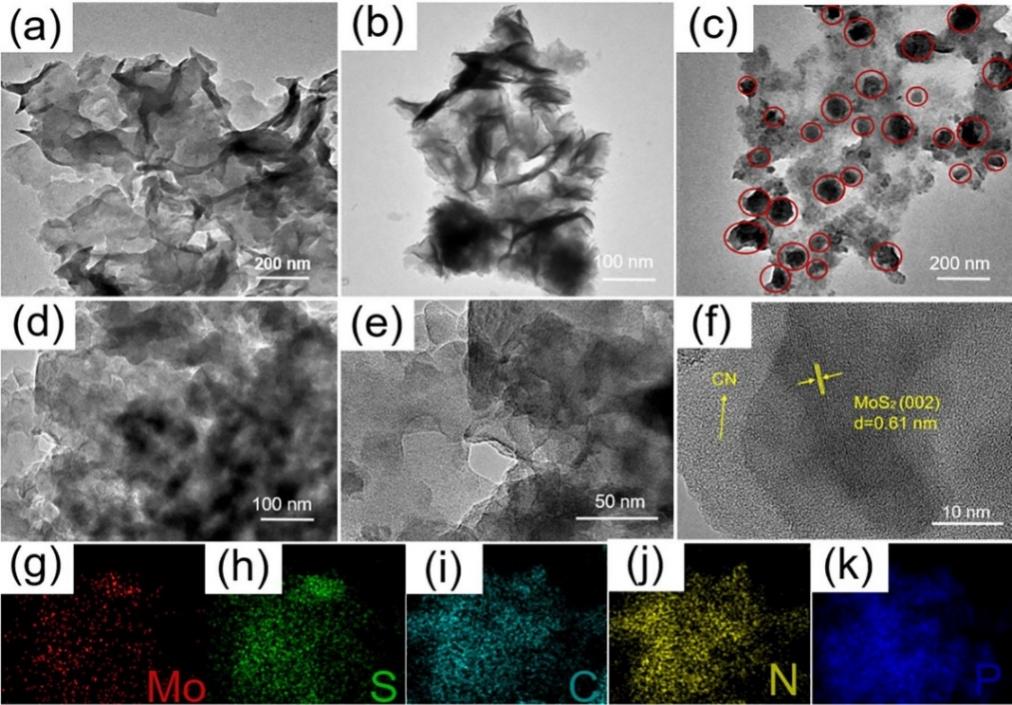With the development of marine economy, the marine biofouling problem is becoming more and more serious in the world. In recent years, the new green photocatalytic antifouling technology based on semiconductor has attracted extensive attention. Prof. Jie zhang from the Institute of Oceanology of the Chinese Academy of Sciences (IOCAS), carried out an innovative study on P-doped MoS2/g-C3N4 layered heterojunction with a dual-internal electric field on the basis of cooperation with Prof. Yongsheng Yu (from Harbin Institute of Technology ). Related study was published online in Chemical Engineering Journal (IF=13.273).
The construction of internal electric field (IEF) is usually considered to be an effective strategy to enhance photocatalytic efficiency because of its significant role in photo-induced carrier separation. Herein, They reported a novel method to synthesize phosphorus-doped (P-doped) MoS2/g-C3N4 layer-by-layer composite, which could expose more active sites and generate a strong interaction by forming Mo-N bonds for photocatalytic sterilization. It is experimentally and theoretically confirmed that P-doped MoS2/g-C3N4 heterojunctions not only generate a dual-IEF to drive charge migration, but also facilitate spatially separated redox sites to further promote the separation of photo-induced carrier. The optimized P-doped MoS2/g-C3N4 layered heterojunction exhibits high photocatalytic sterilization efficiency (99.99%) towards E. coli under visible-light irradiation, which is remarkably higher compared with those of P-doped g-C3N4 (44.73%) and P-doped MoS2 (61.69%), respectively. This research will offer a novel method of designing and synthesizing layered composite photocatalyst with a dual-IEF for effective photocatalytic sterilization.

Fig. The TEM images of (a) CN-P, (b) MS-P, (c) 40% MSCN and (d-e) 40% MSCN-P. (f) HRTEM image of 40% MSCN-P. Element mapping of 40% MSCN-P: (g) Mo, (h) S, (i) C, (j) N and (k) P.
Xin Zhang, Fenyang Tian, Xiao Lan, Yequn Liu, Weiwei Yang, Jie Zhang, Yongsheng Yu. Building P-doped MoS2/g-C3N4 layered heterojunction with a dual-internal electric field for efficient photocatalytic sterilization. Chemical Engineering Journal. 2021, 429. https://doi.org/10.1016/j.cej.2021.132588.
(Editor: ZHANG Yiyi)
|
|

Address: 7 Nanhai Road, Qingdao, Shandong 266071, China
Tel: 86-532-82898902 Fax: 86-532-82898612 E-mail: iocas@qdio.ac.cn


